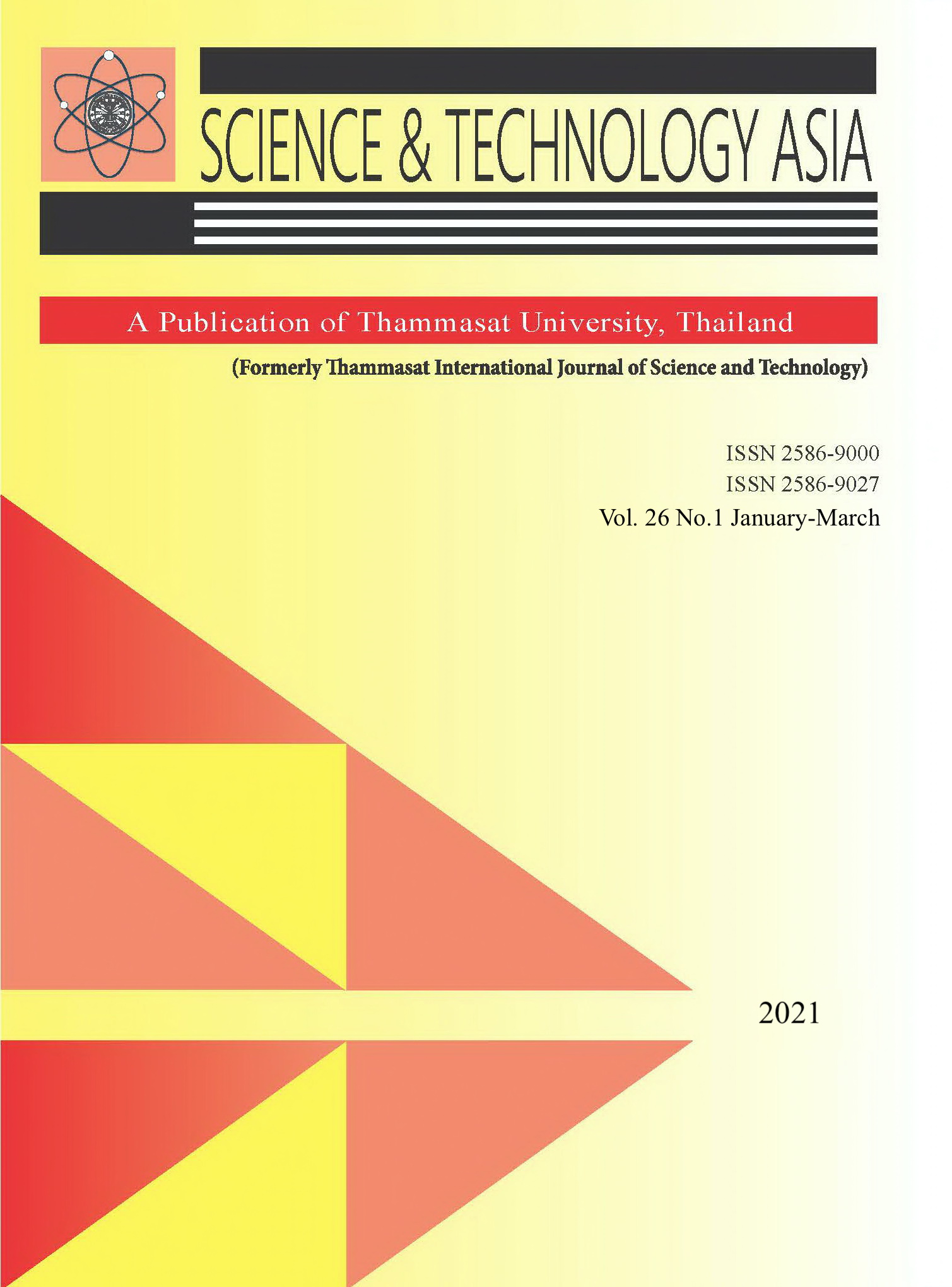Mixed Amodiaquine-Acetylsalicylic Acid Metal Complexes: Characterization and Antimicrobial Potentials
Main Article Content
Abstract
Series of new mixed Amodiaquine and Acetylsalicylic acid ligand donors with some transition metals in the mole ratio 1:1:1, lead to the formation of compound type: [M(AMQ)(ASA)], where M = Co(II), Ni(II), Zn(II), and Cu(II) ions. The complexes were characterized to understand the nature of the metal bonding to the free ligands. The geometry of the synthesized complexes was proposed based on their properties and spectroscopic techniques: melting point, ultraviolet-visible, infrared, molar conductance, elemental analysis and atomic absorption spectroscopic. The compounds were found to be in a tetrahedral environment for zinc complex, and copper in square planar geometry. Based on the molar conductivities, it was observed that the as-synthesized compounds were non-electrolytic in nature. The as-synthesized complexes were screened against some isolated organisms: B. Subtilis, K. Pneumonia, E. coli, P. aeruginosa, and S. aureus. It was observed that the complexes exhibited better activities than the free ligands. [Zn(AMQ)(ASA)] complex possessed the highest zone of inhibition (49 mm) at 40 μl/ml against E. coli strains.


